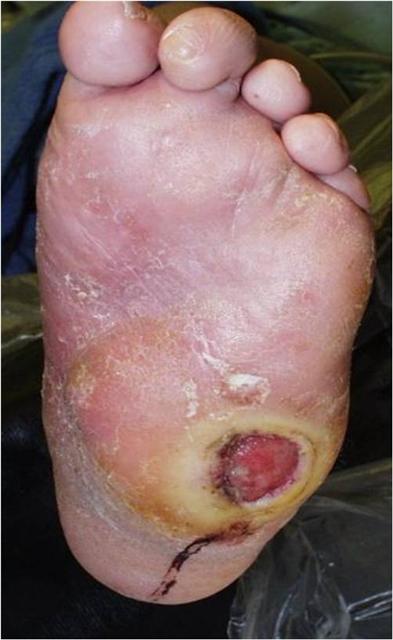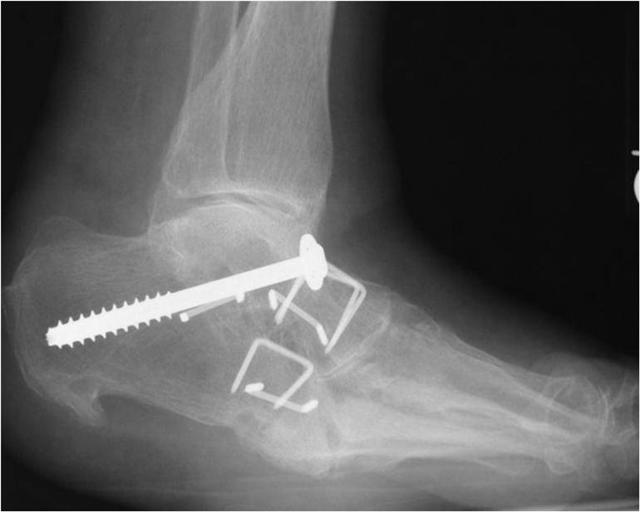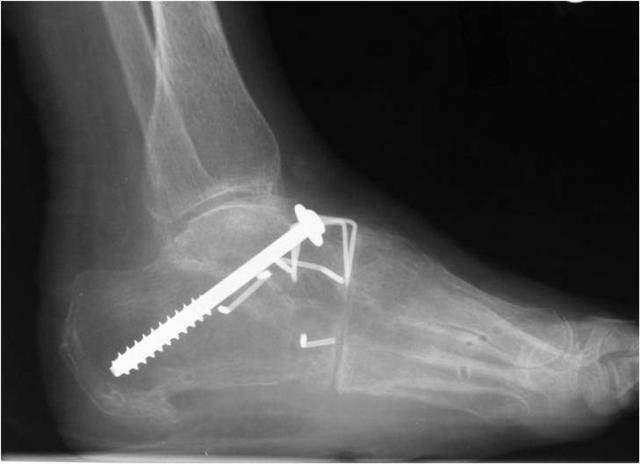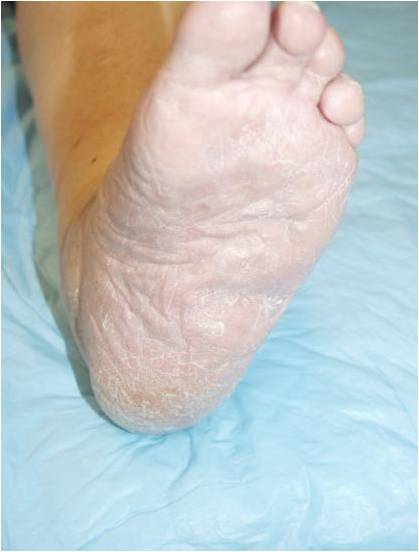What is Charcot Foot?
Charcot foot is a progressive degenerative condition that affects the joints in the feet. It is associated with nerve damage (neuropathy) that decreases the ability to sense stimuli, including pain, and decreases muscular reflexes that control movement. As a result, the joints in the feet are subjected to repeated trauma and injury, causing progressive damage to the ligaments, cartilage, and bones.
Charcot foot affects the metatarsal, tarsometatarsal, and tarsal joints, which are located in the forefoot and midfoot.
Incidence and Prevalence of Charcot Foot
Charcot foot occurs most often in people with diabetes mellitus. It occurs at the same rate in men and women and develops in both feet in approximately 20% of cases.
According to the American Diabetes Association, 60–70% of people with diabetes develop peripheral nerve damage that can lead to Charcot foot and about 0.5% of these patients develop the condition. In most cases, onset occurs after the age of 50, and after the patient has had diabetes for 15 to 20 years.
While peripheral neuropathy often develops over decades, the progression of Charcot foot can occur in a matter of weeks or months. Minor trauma, such as twisting the foot, can initiate the process. In patients with Charcot foot, the loss of pain perception and loss of the sense of foot position can result in repeated joint injuries.
Symptoms of Charcot foot include the following:
- Dislocation of the joint
- Heat
- Insensitivity in the foot
- Instability of the joint
- Redness
- Strong pulse
- Swelling of the foot and ankle (caused by synovial fluid that leaks out of the joint capsule)
- Subluxation (misalignment of the bones that form a joint)
Nerve damage causes muscle weakness and slack ligaments, which result in joint instability and subsequent subluxation and/or dislocation. Subluxation initiates the process of degenerative joint disease (arthropathy). The ends of misaligned bones grind against each other and fragments of bone and cartilage enter joint and often produce a coarse grating sound (audible crepitus) when the joint is moved. The physician may be able to feel these fragments in the joint.
Deformity of the foot, which occurs in advanced disease, is caused by joint displacement and/or dislocation, bone overgrowths (osteophytes), and fractures. Osteophytes may protrude from the top of the foot as the body forms new bone to replaces bone loss. Fractures may cause the tarsal bones to collapse, resulting in an outward bowing of the arch (called “rocker foot”).
Complications of Charcot foot include calluses and ulcers, which occur when bony protrusions rub inside the shoes and may become infected. Bone inflammation (osteomyelitis) and inflammation of the joint membranes (septic arthritis) also may develop. Septic arthritis may manifest with malaise and fever.
Blood vessel and nerve compression may occur and often do not cause symptoms due to the loss of sensation in the foot.
Non surgical treatment consists of Total contact casting , bracing and offloading the foot. When the foot becomes unstable or infected surgery is necessary. The surgical procedure is based on the deformity present.

Before

Before

After Using Ilizarov External Fixation Technique

After Using Ilizarov External Fixation Technique
